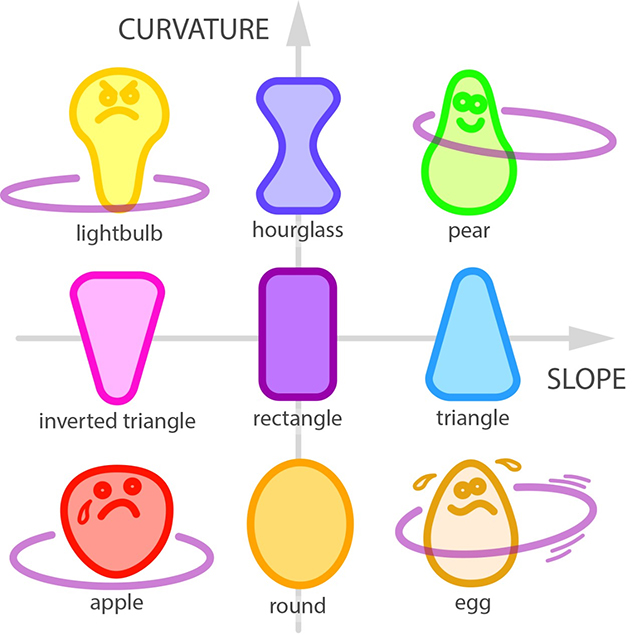Our Terms & Conditions | Our Privacy Policy
This Is Why You Can’t Hula Hoop, According to Science : ScienceAlert
Having a talent for hula hooping could be more down to your body shape than your technique, according to a new study that also links these findings to potential innovations in robotics and energy science.
Researchers from New York University (NYU) ran tests using robotic hula hoopers with simple shapes for bodies, analyzing how differences in the form and movements of the robots affected the physics of the spinning hoop.
“We were specifically interested in what kinds of body motions and shapes could successfully hold the hoop up and what physical requirements and restrictions are involved,” says mathematician Leif Ristroph, from NYU.
frameborder=”0″ allow=”accelerometer; autoplay; clipboard-write; encrypted-media; gyroscope; picture-in-picture; web-share” referrerpolicy=”strict-origin-when-cross-origin” allowfullscreen>
The cross-section shape of the hula-hooping robot (circle or ellipsis) and the gyration motion of the bot didn’t influence the hula hooping – but what did have an impact on keeping the hoop elevated for longer was the shape of the robot used.
The most successful robot shapes were those that combined sloping ‘hips’ to push the hula hoop up, and a narrow ‘waist’ to keep the hoop in place – so a pear shape works well, for example, whereas a lightbulb shape doesn’t work at all.
“People come in many different body types – some who have these slope and curvature traits in their hips and waist and some who don’t,” says Ristroph.
“Our results might explain why some people are natural hoopers and others seem to have to work extra hard.”
 Hula hoop shapes need both curvature and slopes to work. (NYU’s Applied Mathematics Laboratory)
Hula hoop shapes need both curvature and slopes to work. (NYU’s Applied Mathematics Laboratory)
The researchers also looked at how the hula hooping got started. As anyone who’s tried to do it will know, the launch speed is crucial: if it’s too slow, or combined with a gyrating motion that’s too slow, the hoop simply falls off.
The team produced mathematical models to explain the movements they were seeing, and to broaden the findings to other types of motion. The models could be useful in any scenario where objects are moved and controlled without being gripped.
Getting robots in position through motion for example, and harnessing energy from vibrations in mechanical systems, are two areas where the physics of optimal hula hooping could inform future research.
What we can say for now is that you can probably put a large portion of your hula-hooping ability down to body shape – and that even seemingly simple movements and activities can reveal a host of fascinating science if you look closely.
“We were surprised that an activity as popular, fun, and healthy as hula hooping wasn’t understood even at a basic physics level,” says Ristroph. “As we made progress on the research, we realized that the math and physics involved are very subtle.”
The research has been published in PNAS.
[ad_1]
Images are for reference only.Images and contents gathered automatic from google or 3rd party sources.All rights on the images and contents are with their legal original owners.
[ad_2]



Comments are closed.